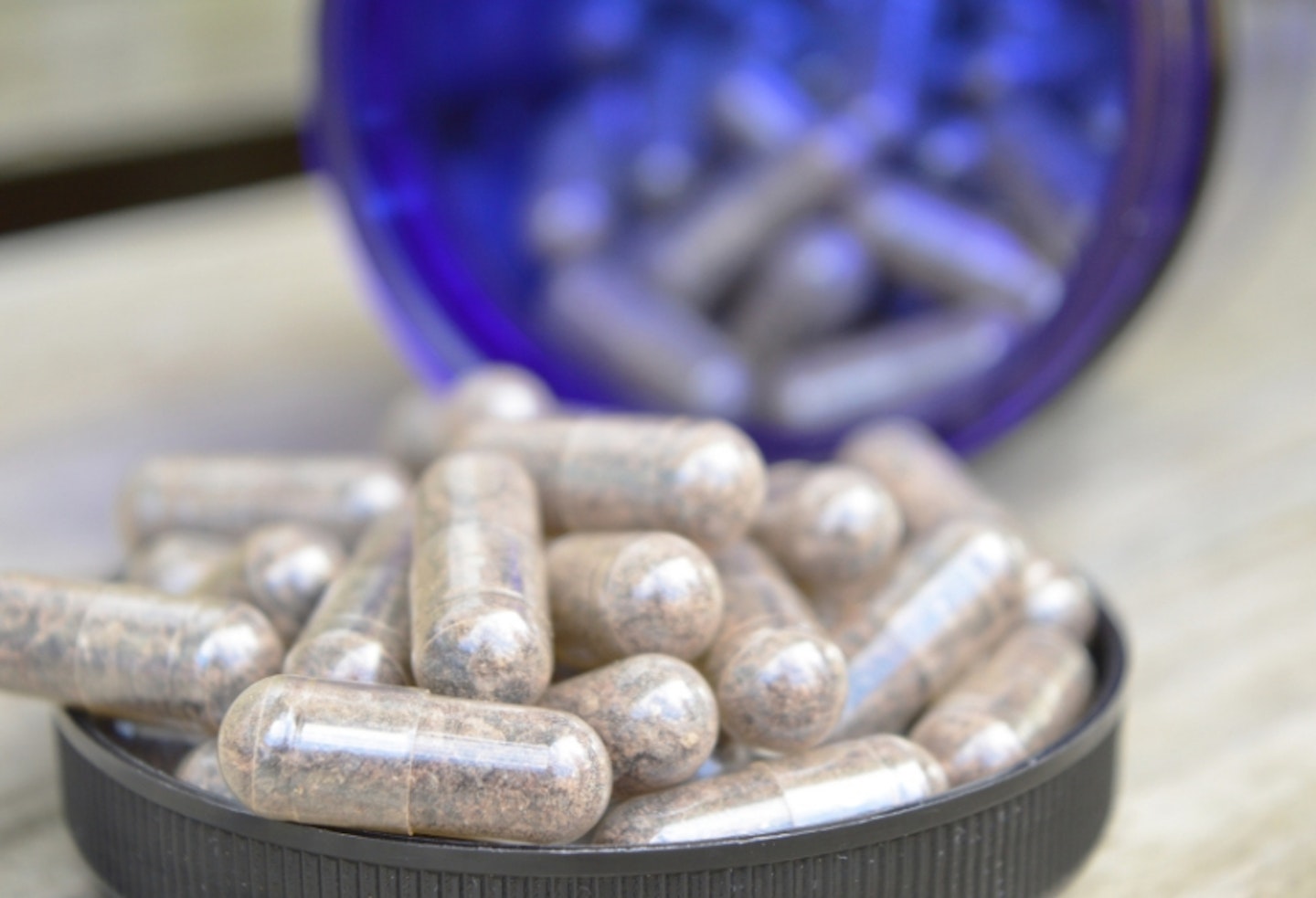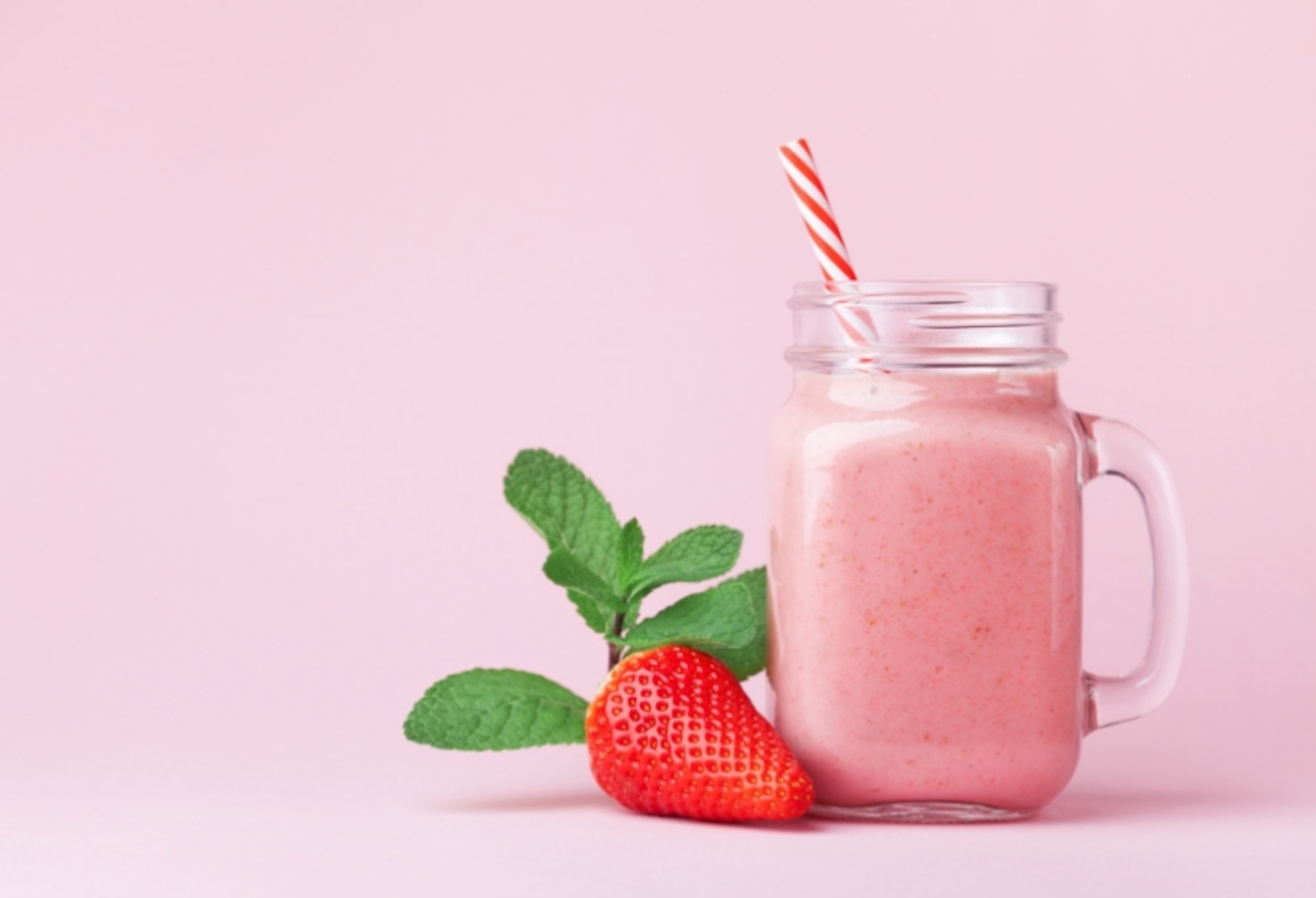The idea of eating your placenta may not appeal to everyone, but many women swear that eating the placenta has several health benefits.
Celebrities such as Kim Kardashian, Hilary Duff and actress January Jones have all publicly discussed consuming theirs after birth.
If you are interested in eating your placenta or simply want to learn more about eating placenta, we outline the purpose of the placenta, whether you can eat it, the potential benefits and the ways to go about it.
What is the placenta?
After conception, the placenta is the first thing that is formed. It is an organ attached to the lining of your womb.
During pregnancy: In the uterus, it connects you to your baby and it keeps your blood supply separate from your baby's. The placenta delivers oxygen, nutrients and hormones to the foetus.
The placenta also helps take away any waste that the baby makes while in the womb for your body to dispose of.
The NHS explains that, "near the end of your pregnancy, the placenta passes antibodies from you to your baby, giving them immunity for about 3 months after birth".
The placenta grows alongside the child during pregnancy but after birth, your body rejects it as it is no longer needed. The placenta will be pushed out vaginally in the same way as a baby or if you have a C-section the surgeon will remove it.
Can you eat your placenta?
You can eat your placenta and this is a growing trend amongst mums due to the potential benefits. Throughout history, many cultures have eaten the human placenta (placentophagy) and eating the afterbirth is common in the animal kingdom.
Carly Lewis from The Placenta Remedies Network says, 'We have evidence from the Jena University study completed in 2018 that the placenta is perfectly safe for the mother to consume, but the baby should never consume the placenta.'
We also spoke to Fiona Ford a few years ago, dietitian for the British Dietetic Association, who at the time said, ‘There is no scientific evidence at all for any of the supposed benefits of eating placenta, whether whole or in capsule form.
The placenta is full of vitamins, but there’s no guarantee that – even though they’re in large amounts – they’re going to the right place and doing the right job.’
Due to all these nutritional benefits, some mums even decide to opt for a lotus birth, where the placenta remains attached to their baby until it naturally falls away.
We advise finding a placenta specialist
If you are keen to eat your placenta in any form, it's a good idea to find a Placenta Specialist who can help you transform your placenta into something you can consume in the safest way possible to avoid your placenta being contaminated with any bacteria or viruses.You can find your local qualified and certified Placenta Specialist on the Placenta Remedies Network website, who offer placenta encapsulation services along with smoothies and other placenta remedies.
If you like the sound of enlisting the help of a placenta specialist, let the hospital know you’d like to keep your placenta, so they don’t get rid of it after you give birth.
It’s also a good idea to make a note of it on your birth plan. Some hospitals policies' might differ or prevent you from taking your placenta.
-
If you have any complications with your placenta such as placental abruption or placenta praevia then this will obviously affect your ability to consume the afterbirth. If you have any concerns you can discuss this with your doctor.
What are the benefits of eating your placenta?
Some mums believe eating the afterbirth helps avoid baby blues, boosts milk production and gives mothers a natural energy high. In terms of post-natal depression, people think eating the placenta can help to level off your hormones which can be a bit all over the place after birth. However, the benefits of placentophagy are anecdotal and some mums do not experience the positive benefits.
The benefits of eating your placenta have not been fully researched or understood. In the wild, several animals eat the afterbirth which leads some to think there must be a reason why this is beneficial.
Some believe animals eat their placenta to simply get rid of the smell to protect their newborn against predators. Other research suggests it restores nutrients lost during pregnancy and can increase mother-child bonding.
The placenta does contain good protein and fats but these nutrients are all part of a healthy diet.
Have a watch of this really interesting video that we found all about the placenta and how some mum's felt after eating theirs.
Still tempted to eat your placenta, but not sure how to go about it? We outline a few options you have to consume your placenta.
Ways to eat your placenta:
Here are some ways you can eat your placenta, if you choose to...
Ways to eat your placenta
 1 of 3
1 of 31) Placenta pills
Encapsulation is the new trend in placental cuisine, especially since Mad Men star January Jones announced she popped placenta pills after the birth of her baby. A specialist can do this for you – they take your placenta after birth and cook, dehydrate and grind it into powder, before encasing it in a vegetable-based capsule.
 2 of 3
2 of 32) Cook your placenta
If you’re preparing your placenta yourself you’ll need to clean it, first by draining all the blood then rinsing it until it’s pink. Then you’ll have to cut away the umbilical cord and membranes. But, as we mentioned above, you can hire someone to do this for you.
The downside of eating cooked placenta is that, like any other meat product, it will eventually spoil, so you’ll have to eat it within a few days. Once it’s prepared, it’s no different from something you’d get at the butcher's, so go ahead and roast, steam, sautée or flambée – wherever the culinary winds take you. Add herbs or garlic for taste if you want. Just don’t turn it into a spag bol and serve it without telling anyone.
 3 of 3
3 of 33) A placenta smoothie
We can't promise it will look as delicious as this picture suggests but this is a slightly more palatable way of eating the raw placenta. Many women blend a piece up with mixed fruits and juices. You can use any smoothie recipe you like. Here is a placenta smoothie recipe we found on www.placentaremediesnetwork.org for you to try.
Placenta smoothie recipe
- 3cm round piece of raw placenta (do not include membranes)
- 1 organic banana & apple
- 1 handful of organic berries (depending on what fruit is in season, strawberries, raspberries, blackberries and blueberries work a treat)
- 50 - 150ml of water or fruit juice
Blend all this to a liquid consistancy before drinking.
